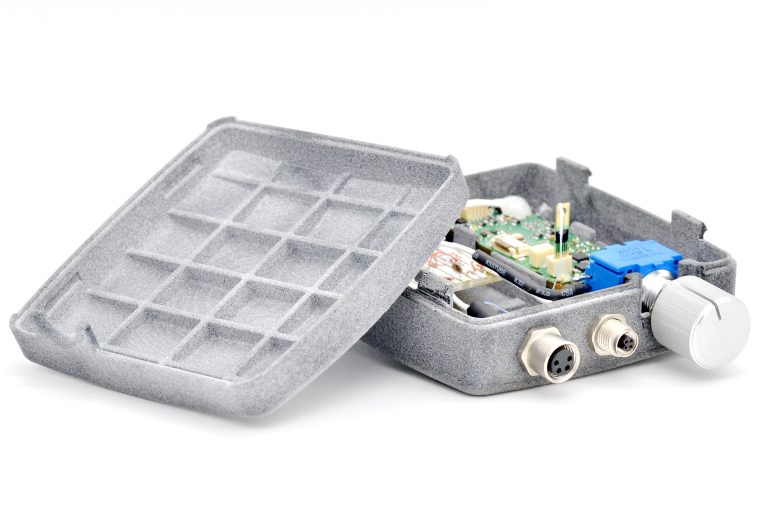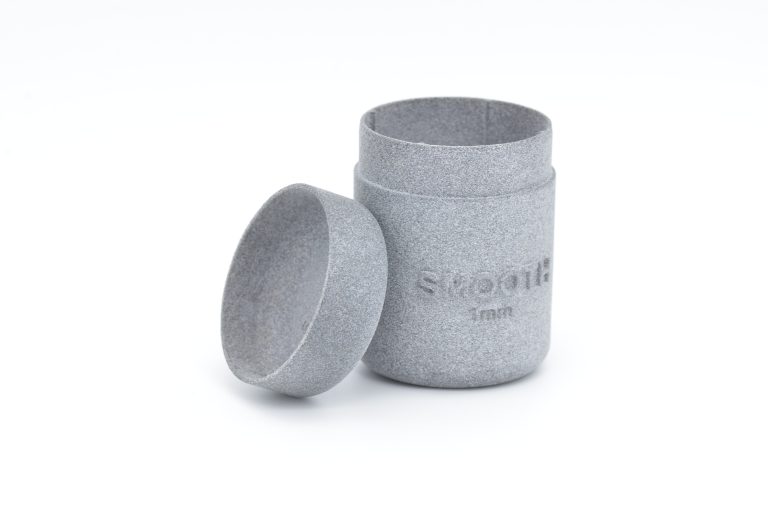Packaging and casing
Low-volume production of electronic devices can be transformed into an advantage. You can produce only as many pieces as you need right now. And all this independently of injection moulds and the time needed for their development and production.
Basically, additive technologies can be very useful for packaging and casing in three areas:
- In prototyping and design testing,
- In market validation of a functional product,
- In flexible production of final parts.
Prototyping and design testing
Testing in an assembly unit is very useful particularly in case of electronic device casing. Besides checking the correct dimensions in regard to printed circuits, you can also test the insertion of connectors, cables and fasteners.

Shaped and design covers can also include the logo of your company, flat or embossed, integrated directly in the basic material with no need of further technological operations.

You can produce ready-made threads as well as threaded inserts. You can also design flexible and functional fastening cover locks which keep the individual parts of the casing in place.
Market validation
Another option for additive technology application is lower production volumes. Fast and flexible production enables you to validate your product while keeping the costs very low, without having to invest in moulds and tools for series production. Even before you verify the real market demand. What is more, you can get unique feedback from the first customers which can be used to further improve the design.
Flexible production of finished parts
With additive manufacturing, virtually constant product price regardless of the total number of units can dramatically reduce the initial costs for lower production volumes.
For higher volumes, the advantage of additive technologies is production flexibility and possibility of further design changes with zero costs. This can be useful also for the production of packaging and casing. Despite the rapid development of electronics and printed circuits, you can be sure that your design can always be flexibly adjusted without having to adapt the injection moulds. You are no longer limited by huge production volumes with an uncertain demand. You can follow the current demand trends very flexibly and precisely.
Pressing drafts, choice of parting plane and placement of ejectors are no longer relevant in this case because design and production via additive technologies has minimal geometric restrictions, which can be used in your favour.
In the next video, the HK3D company demonstrates the use of additive technologies in low-volume production of large covers of an autonomous robot:
An example of end use of a bearing cage, specifically designed and manufacturable only via additive technologies, which increased the lifespan of the bearing by 300 to 500%:



